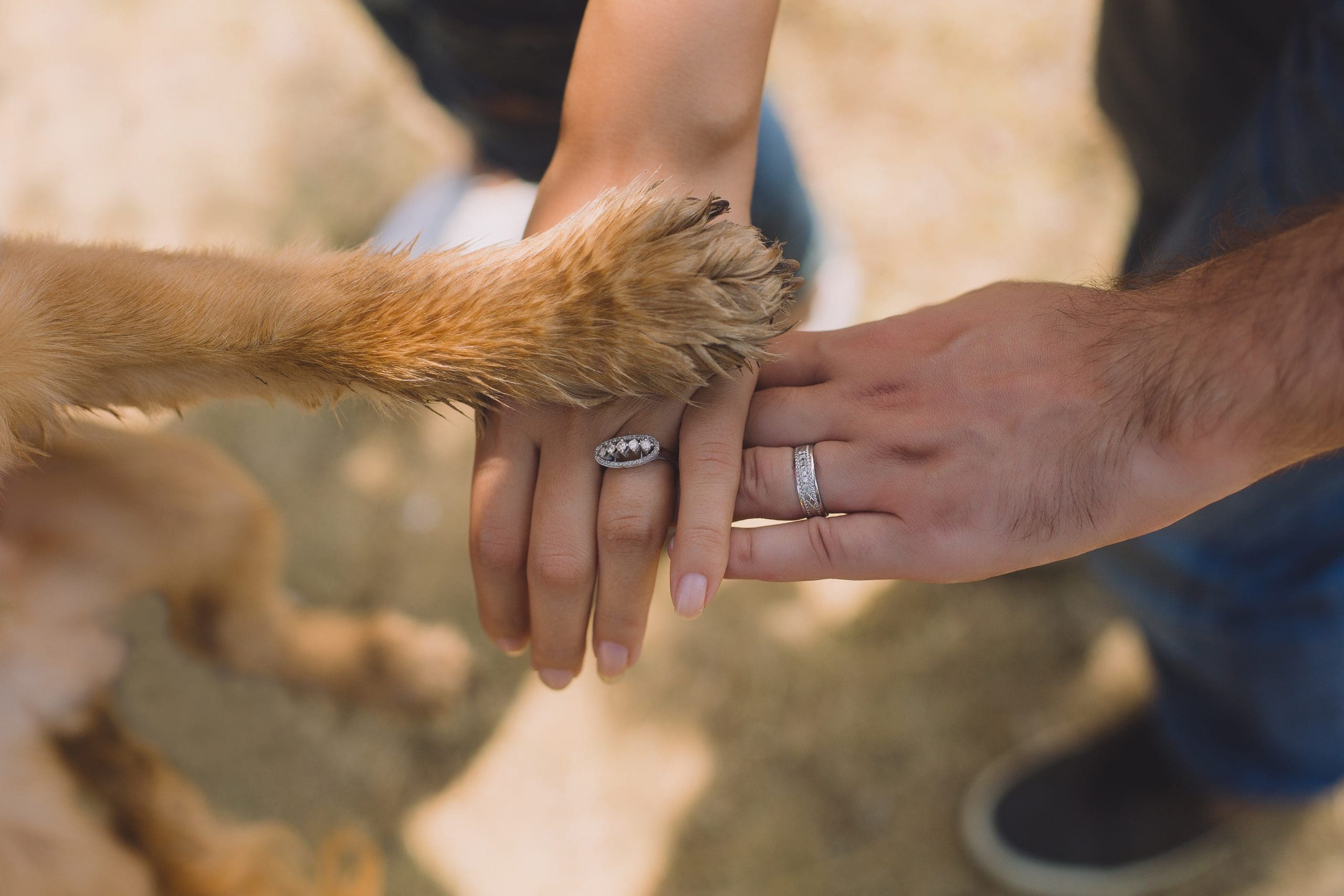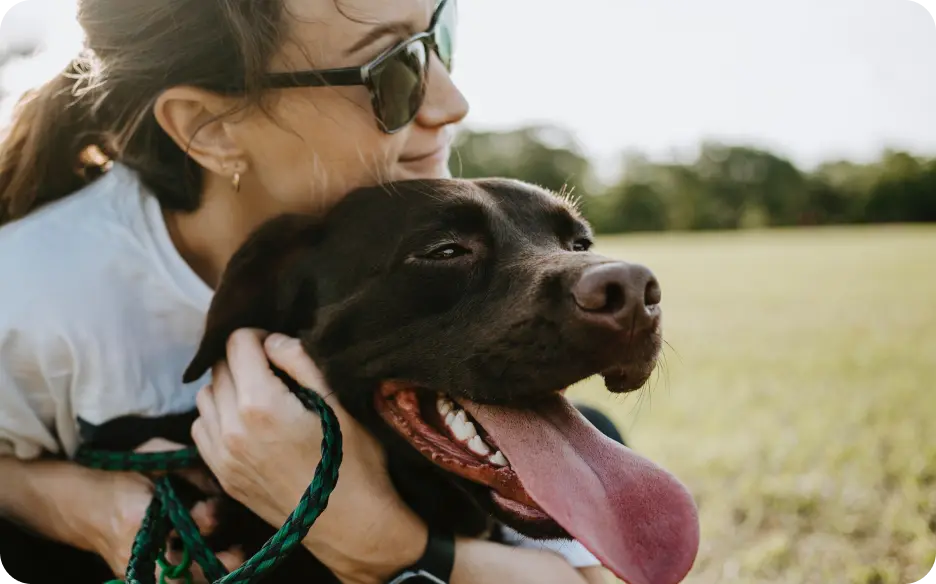When envisioning dogs, we often think of playful puppies and loyal companions. However, an equally crucial aspect is their need for rest and its impact on their overall well-being. The phrase “where sleeping dogs lie” serves as a poignant reminder to cherish the moments of tranquility in our furry friends’ lives. Recognizing these moments is vital for creating a healthy physical and emotional environment for our dogs.
Understanding Sleep Patterns
Dogs, like humans, require sufficient sleep for optimal functioning. They spend a significant portion of their day napping, often in their favorite cozy spots at home or in the yard. A dog’s sleep patterns can offer valuable insights into their health and happiness. Adequate rest translates to increased energy levels, improved focus during training, and a decrease in behavioral issues. Conversely, insufficient sleep can lead to anxiety and aggression, underscoring the importance of rest for a dog’s well-being.
Creating a Comfortable Sleeping Environment
The sleeping environment significantly influences a dog’s ability to rest well. Dogs flourish in spaces that feel safe and comforting. Many owners overlook the necessity of a designated sleeping area. A quiet, cozy corner with a comfortable bed encourages dogs to settle and relax. Furthermore, the location of their sleeping area matters; a spot away from loud noises and distractions can enhance the quality of their sleep. A secure environment promotes relaxation and restful slumber.
Recognizing Sleep Needs by Breed and Age
Sleep duration varies among breeds, ages, and activity levels. Puppies and senior dogs, for instance, typically require more sleep than young, active adults. Puppies can sleep up to 18–20 hours daily as they grow, while older dogs may need extra rest due to age-related fatigue. Understanding your dog’s specific needs helps gauge if they are getting enough sleep. Observing their behavior when awake can provide further clues; a well-rested dog tends to be more playful and less irritable than one lacking sufficient rest.
The Signs of Sleep Deprivation
It’s easy to overlook signs that dogs need more rest. Owners might misinterpret restlessness as a need for additional exercise or playtime. While physical activity is crucial, allowing dogs to nap and recharge is equally important. If a dog appears overly anxious or hyperactive, it might simply need a break. Recognizing when to let sleeping dogs lie contributes to a more balanced and content pet.
Establishing Healthy Routines
Incorporating downtime into daily routines is essential for a dog’s mental health. Just as humans thrive on regular schedules, dogs find comfort in predictability. Establishing a daily rhythm that includes playtime, training, meals, and rest helps dogs understand when to be active and when to relax. This routine supports better sleep hygiene and reduces anxiety, fostering a sense of security.
The Social Benefits of Rest
The advantages of adequate rest extend beyond the individual dog. A well-rested dog often exhibits more sociable behavior. Dogs that receive enough sleep tend to interact positively with their owners and other pets, making them less likely to react negatively to new situations. This openness fosters stronger bonds with family members and friends, contributing to a harmonious home.
Monitoring Sleep Patterns for Health Insights
Observing your dog while they sleep can yield insights into their health. Changes in sleeping patterns, such as excessive restlessness or difficulty settling down, may warrant a consultation with a veterinarian. Alterations in sleep behavior can indicate underlying health issues that require attention. Monitoring a dog’s demeanor while resting is just as important as observing their activity levels.
Creating a Calming Environment
The emotional state of a dog can significantly impact their sleep quality. Stress and anxiety can disrupt rest, often prompted by changes in the household, loud noises, or unfamiliar environments. Creating a calm atmosphere can alleviate some of this stress. Utilizing calming aids, such as soft music or aromatherapy, can enhance sleep quality for your pet.
Mental Stimulation and Relaxation
Engaging in positive reinforcement training fosters a more relaxed dog. Training sessions that focus on basic commands and tricks provide mental stimulation while reinforcing good behavior. A mentally stimulated dog is often a happy dog. By offering mental challenges throughout the day, you help your dog feel fulfilled, resulting in better sleep at night.
Cherishing Quiet Moments
Many dog owners treasure the peaceful moments when their pets are sound asleep. These instances remind us of the bond shared between humans and dogs. Watching a dog sleep evokes feelings of love and gratitude, offering a chance to appreciate the tranquility that surrounds us. These quiet moments are precious and worthy of appreciation.
Prioritizing Rest for a Healthier Dog
Prioritizing the rest of our dogs is essential as we navigate busy lives. They depend on us to cultivate an environment that promotes their health and happiness. By understanding their needs, we can ensure our furry companions enjoy their downtime, allowing them to recharge and thrive when awake.
Regular Check-Ins for Well-Being
Conducting regular check-ins on your dog’s sleep habits and overall well-being is beneficial. If your dog struggles to sleep well, it might be time to reassess their daily routine. Look for signs of discomfort or anxiety, and make necessary adjustments. This could involve changing their sleeping location, providing more structured exercise, or simply spending more time bonding with them.
The notion of “where sleeping dogs lie” invites reflection on how we can best support our canine companions in achieving good health. A well-rested dog is often a happier, healthier dog. Creating an environment that respects their need for rest contributes to a fulfilling life for both you and your furry friend. In moments of stillness, when our dogs lie peacefully asleep, we recognize the significance of rest in their lives. It is a privilege to care for them and witness their vulnerability as they dream, reminding us to embrace the quiet times and appreciate the simple act of allowing our dogs to rest.



